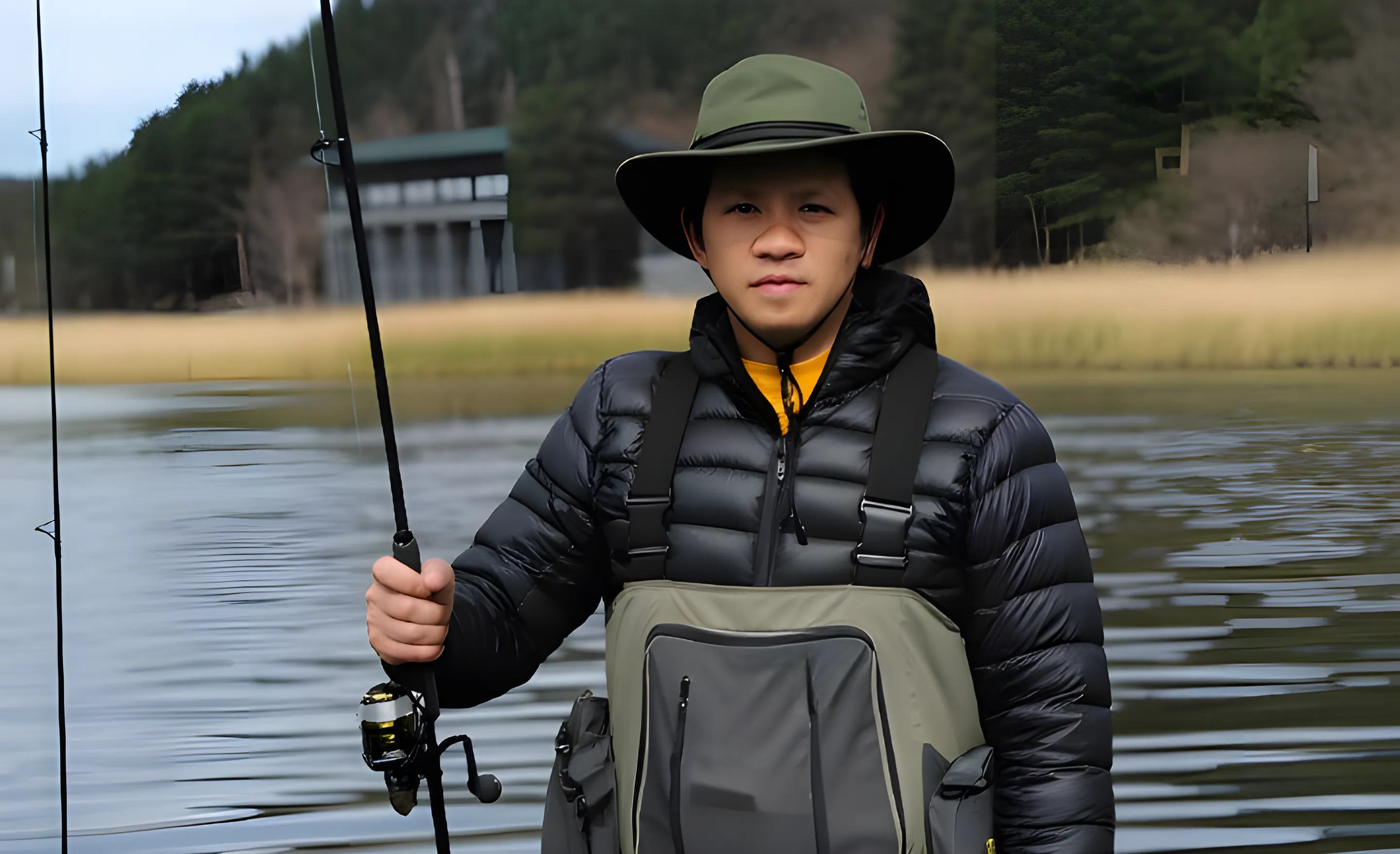Smallmouth vs. Largemouth Bass: An Angler's Complete Guide to Telling Them Apart
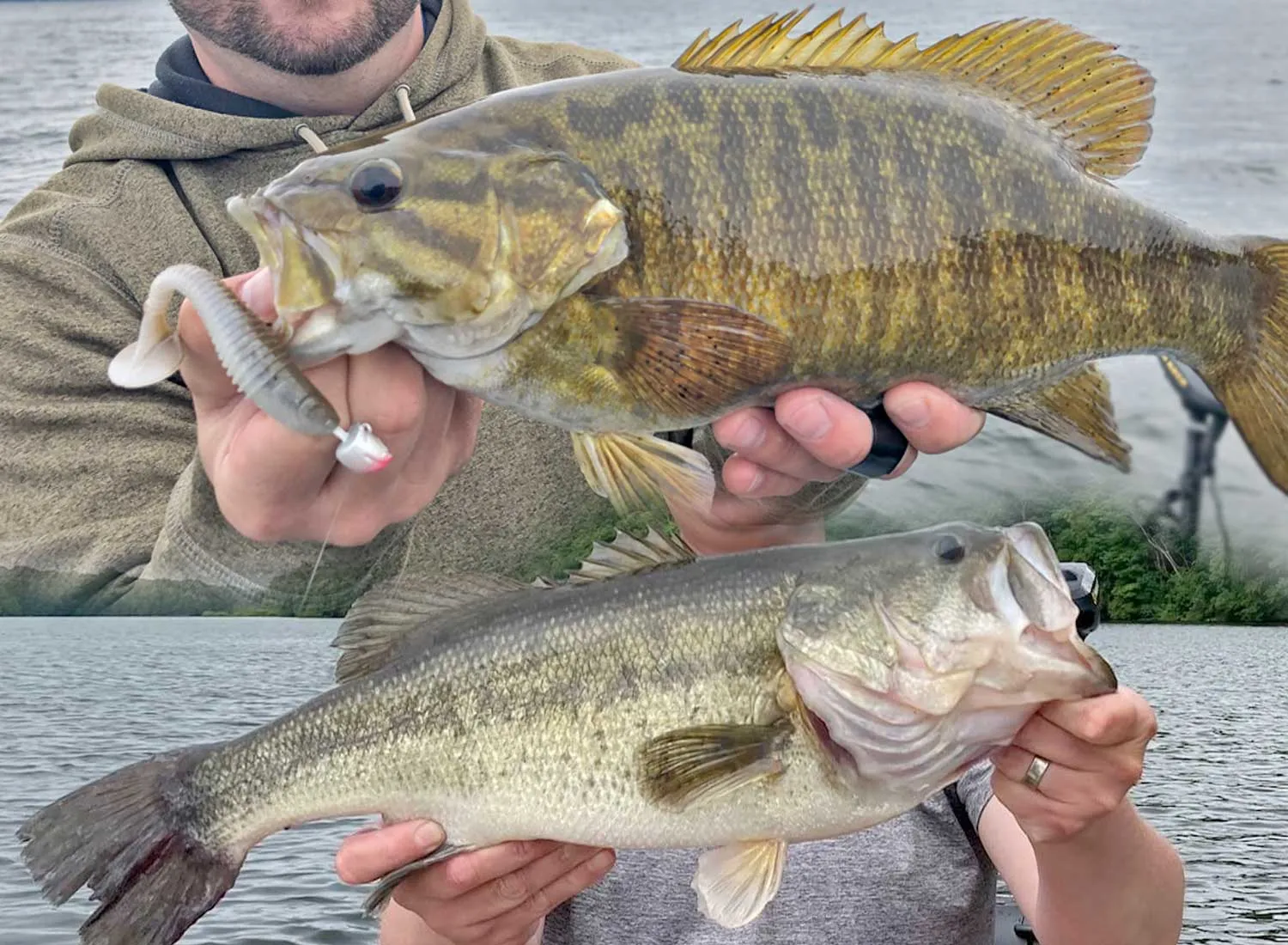
To the untrained eye, a bass is a bass. But for those of us who live for the thrill of the bite, knowing the difference between these two iconic fighters is the key to unlocking consistent success on the water. The age-old debate of smallmouth vs largemouth bass is about more than just bragging rights; it’s about understanding two completely different creatures with unique habitats, behaviors, and fighting styles. As an angler who has spent years chasing both, I've created this complete guide here at riversiderelics.com to help you instantly identify your catch, know exactly where to find them, and choose the perfect lure to trigger that explosive strike.
Quick Comparison Smallmouth vs. Largemouth
| Feature | Largemouth Bass | Smallmouth Bass |
| Key Identifier | Upper jaw extends past the eye | Upper jaw does not extend past the eye |
| Coloration | Greenish with a dark, solid horizontal stripe | Brown/bronze with faint, broken vertical bars |
| Habitat | Warmer, shallower water with weeds & cover | Cooler, clearer water with rocks & current |
| The Fight | Powerful, deep-diving "bulldog" fight | Aggressive, fast, and known for acrobatic jumps |
| Common Lures | Topwater frogs, Texas-rigged soft plastics | Crankbaits, jerkbaits, tube jigs |
| Avg. Size | Larger potential (typically 1-5 lbs) | Smaller on average (typically 1-4 lbs) |
The simplest way to tell a largemouth from a smallmouth bass is by its mouth. A largemouth bass's upper jaw extends well past its eye, while a smallmouth's jaw line ends before or directly below its eye. Additionally, largemouths typically have a solid horizontal stripe, whereas smallmouths have faint vertical bars.
Visual Differences
Knowing how to identify your catch instantly is a core skill. While it gets easier with experience, focusing on these three key areas will make you an expert in no time.
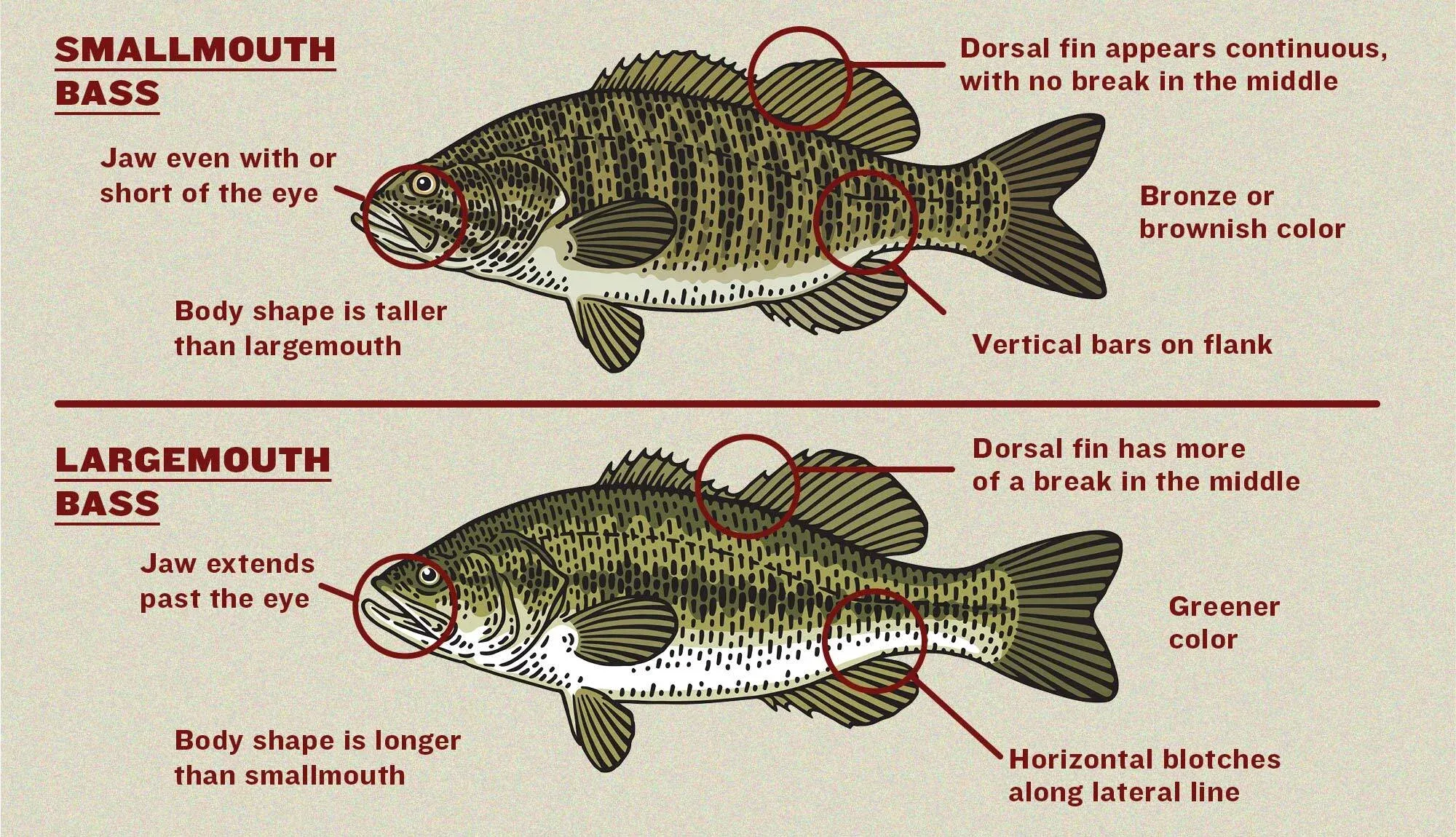
The Mouth (The #1 Clue): As their names suggest, the mouth is the most reliable indicator. The largemouth bass has a very large mouth, and when it's closed, the upper jawbone (maxillary) extends well past the eye. The smallmouth has a smaller, more streamlined mouth, and its upper jaw does not extend past the back edge of the eye.
Coloration and Body Shape: Largemouth bass are typically a shade of green or olive, marked by a prominent, dark horizontal stripe running along their sides. They have a more robust, stocky body. In contrast, smallmouth bass are usually brown, bronze, or olive green, with darker, faint vertical bars or blotches on their sides, giving them a "tiger-striped" or mottled appearance. Their body is more torpedo-shaped and streamlined for life in current.
The Dorsal Fin: The final clue is the dorsal fin (the spiny fin on the fish's back). On a largemouth bass, the first (spiny) and second (soft) parts of the dorsal fin are clearly separated, with a deep notch between them. On a smallmouth bass, the two parts are connected, appearing as one continuous fin.
Where to Find Each Species
You won't find fish if you're casting in the wrong place. This is a universal rule that applies to all the different types of bass, but the contrast in preferred habitat between largemouth and smallmouth is particularly stark. Understanding their preferred homes is crucial.
Largemouth Bass: The Structure-Loving Ambusher
Largemouths are adaptable but thrive in warmer, shallower, and cover-rich environments. Think of them as ambush predators waiting for a meal. This preference for warm, fertile water is precisely why states like Florida and Texas are legendary in the fishing community, boasting many of the best bass fishing lakes in Florida and the best bass fishing lakes in Texas respectively.
-
Key Locations: Lakes, ponds, reservoirs, and slow-moving rivers.
-
Specific Spots: Look for them around submerged vegetation (lily pads, grass lines), fallen trees, docks, and stumps. Structure is everything.
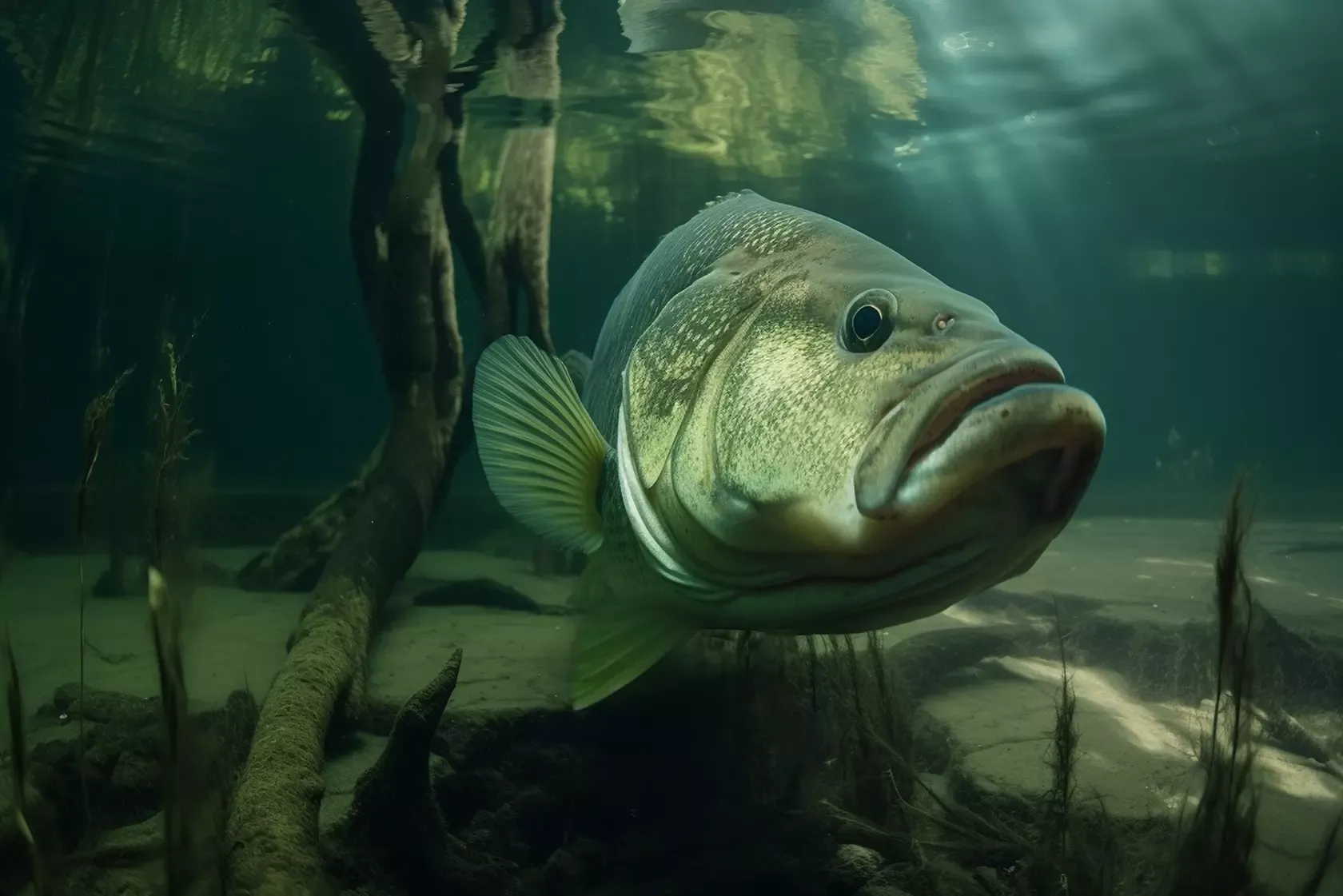
Smallmouth Bass: The Cool-Water Brawler
Smallmouths, or "bronze-backs," are less tolerant of warm, murky water. They prefer cooler, clearer water with rocky bottoms and current. This is the exact type of pristine habitat that defines many of the best lakes for bass fishing in Minnesota, a state renowned for its world-class smallmouth fisheries.
-
Key Locations: Clear lakes, rivers, and streams with good current.
-
Specific Spots: Focus on rocky points, gravel flats, bluffs, and current seams behind large boulders.
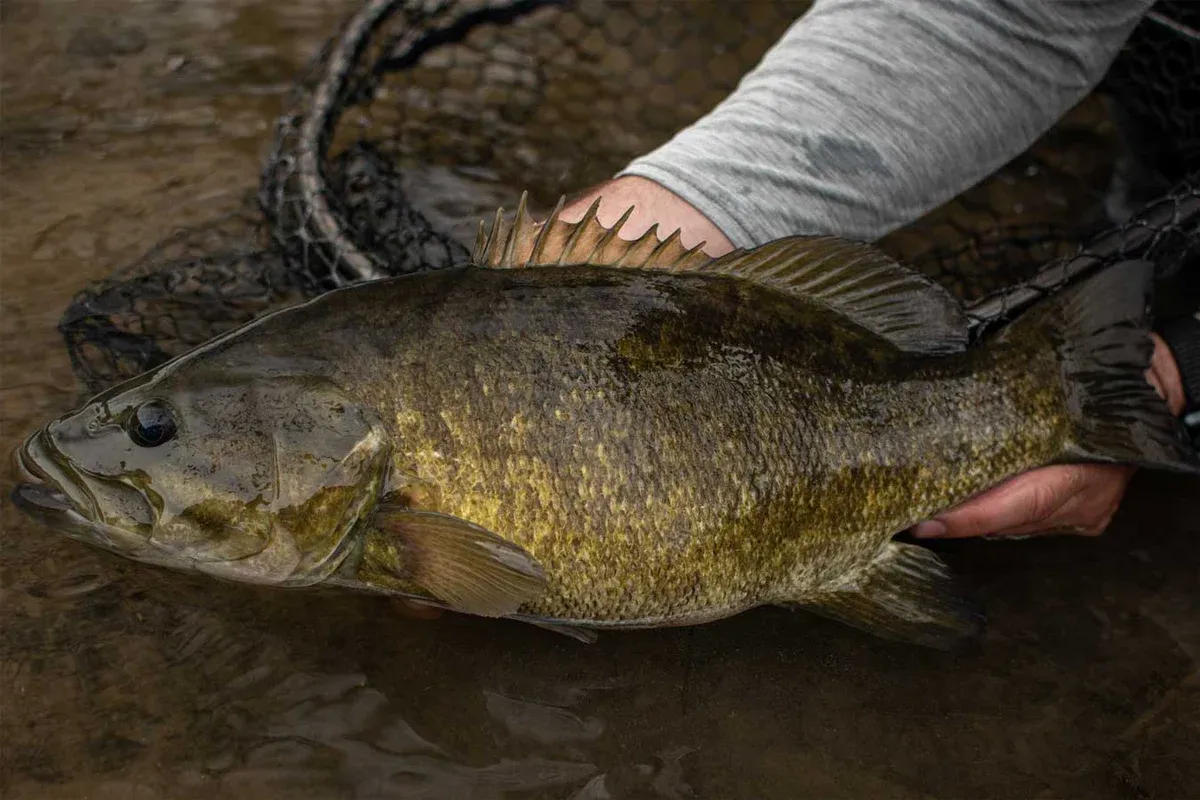
The Fight: Bulldoggers vs. Acrobats
One of the greatest joys of bass fishing is the fight, and these two are completely different dance partners.
Largemouth Bass: Known for their raw power. When hooked, they often use their weight for a powerful, deep-diving "bulldog" fight. They'll shake their head violently and try to drag you into the nearest cover.
Smallmouth Bass: The aerial artists of the bass world. They are famous for spectacular jumps and long, blistering runs. Their fights are often more aggressive and erratic, making them pound-for-pound one of the best fighting freshwater fish. This stark contrast in fighting style is one of the most exciting aspects of the smallmouth vs largemouth bass experience.
Behavior and Feeding Habits
Largemouth Bass (Opportunistic Ambushers): They prefer to hide in cover and wait for prey-like bluegill, shad, or crayfish—to swim by before launching a sudden attack. They are most active during low-light periods like dawn and dusk.
Smallmouth Bass (Active Hunters): Smallmouths are more likely to be found actively cruising and hunting for their food. They often roam rocky flats and chase down baitfish or root around rocks for crayfish. They are generally more active throughout the day compared to largemouths, especially in cooler water.
Fishing Techniques and Gear Setups
Tailoring your approach is non-negotiable for consistent success when targeting smallmouth vs largemouth bass.
Targeting Largemouth Bass
The first step in learning how to fish for largemouth bass is focusing on presenting your lure in and around the cover where they hide.
Top Lures & Techniques:
- Soft Plastics: Rigging worms or creature baits Texas or Carolina style is a classic. Fish them slowly around weed edges and wood.
- Jigs: Flipping and pitching jigs into heavy cover is a go-to for big bass.
- Topwater Lures: In the morning or evening, nothing beats a hollow-body frog over lily pads or a popper near a laydown tree.
While these are proven winners, choosing the right tool for the job is key. We've compiled a complete breakdown of the best fishing lures for largemouth bass in our detailed guide.
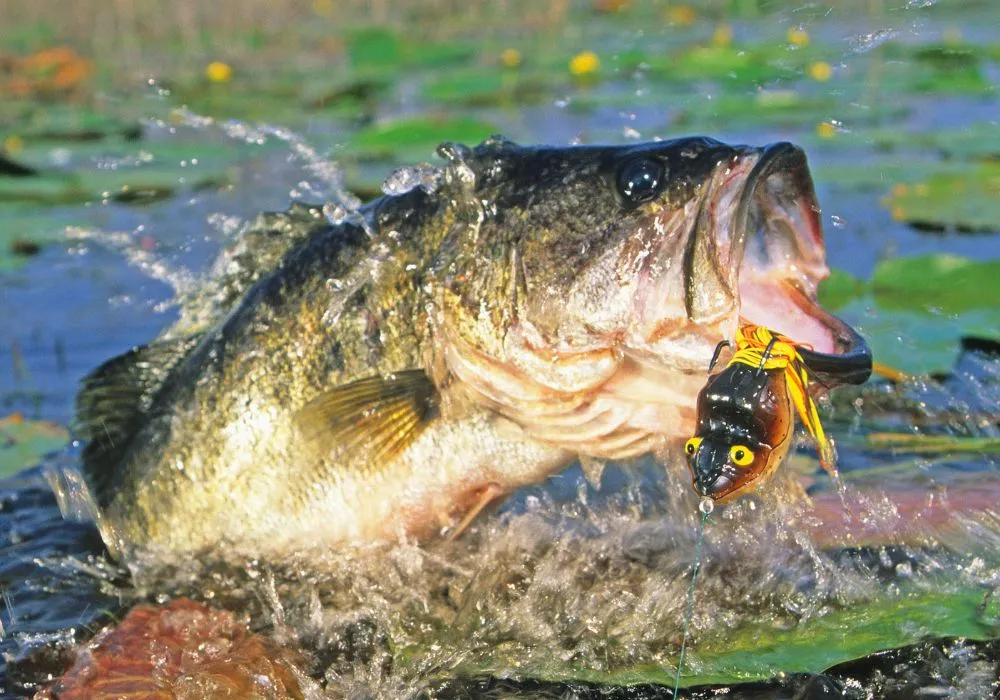
Recommended Gear Setup:
- Rod: 6'6" to 7'3" Medium-Heavy power, Fast action casting or spinning rod.
- Reel: 1500-2500 size spinning reel or a baitcasting reel with a 6.4:1 to 7.1:1 gear ratio.
- Line: 12-20 lb fluorocarbon or 30-50 lb braided line.
Targeting Smallmouth Bass
Learning how to fish for smallmouth bass requires a different mindset; your approach should match their active, hunting nature in open, clearer water.
Top Lures & Techniques:
- Moving Baits: Crankbaits and jerkbaits that mimic fleeing baitfish are incredibly effective, especially around rocky points.
- Finesse Techniques: When bites are tough, nothing beats a tube jig or Ned rig dragged slowly along a rocky bottom. A drop-shot rig is also a killer technique in deeper water.
- Topwater: A walking-style lure like a Zara Spook can call up aggressive smallmouth from deep water.
To truly master their preferences in different conditions, be sure to check out our deep dive on the best fishing lures for smallmouth bass.
.webp)
Recommended Gear Setup:
- Rod: 6'8" to 7'2" Medium-Light to Medium power, Fast action spinning rod.
- Reel: 2000-3000 size spinning reel.
- Line: 6-10 lb fluorocarbon line, or 10-20 lb braid with a fluorocarbon leader.
Size Matters: Growth Potential and World Records
While both are fun to catch, the largemouth holds the title for sheer size.
Largemouth Bass: They are the undisputed heavyweight champion. The official IGFA all-tackle world record is a staggering 22 pounds, 4 ounces, caught in Georgia in 1932 (and tied in Japan in 2009). A trophy largemouth is generally considered to be over 5 pounds.
Smallmouth Bass: While smaller, they are incredibly strong for their size. The world record stands at 11 pounds, 15 ounces, caught in Tennessee in 1955. Anglers consider a smallmouth over 4 pounds to be a true trophy.
Conservation and Ecological Roles
Both species are apex predators in their environments, crucial for balancing populations of smaller fish and invertebrates.
Largemouth Bass: Are of least concern and widely stocked. However, their aggressive nature means they can become invasive and outcompete native species if introduced into the wrong ecosystems.
Smallmouth Bass: Are more sensitive to pollution and habitat changes. Their presence is often an indicator of a healthy, clean waterway. Protecting their cool, clear water habitats is vital for their survival.
FAQs
Conclusion
From the tell-tale sign of the jawline to the explosive difference in their fight, it’s clear that these two species are worlds apart. We've covered how to spot them, where to find them from weedy coves to rocky riverbeds and exactly which lures to tie on to match their unique hunting styles. Ultimately, the discussion of smallmouth vs largemouth bass isn’t about choosing a favorite; it's about becoming a more complete and adaptable angler. Understanding their distinct personalities allows you to read the water more effectively and approach any fishing scenario with confidence. The next time you're out there, use this knowledge, and you’ll not only catch more fish but also gain a deeper appreciation for these incredible predators. Tight lines!
Aviv Nguyen is a passionate fisherman who loves sharing stories and tips from his fishing adventures. Whether it’s freshwater or sea, he finds joy in every cast and aims to inspire others to enjoy the great outdoors through fishing.
Share This Post With Friends

